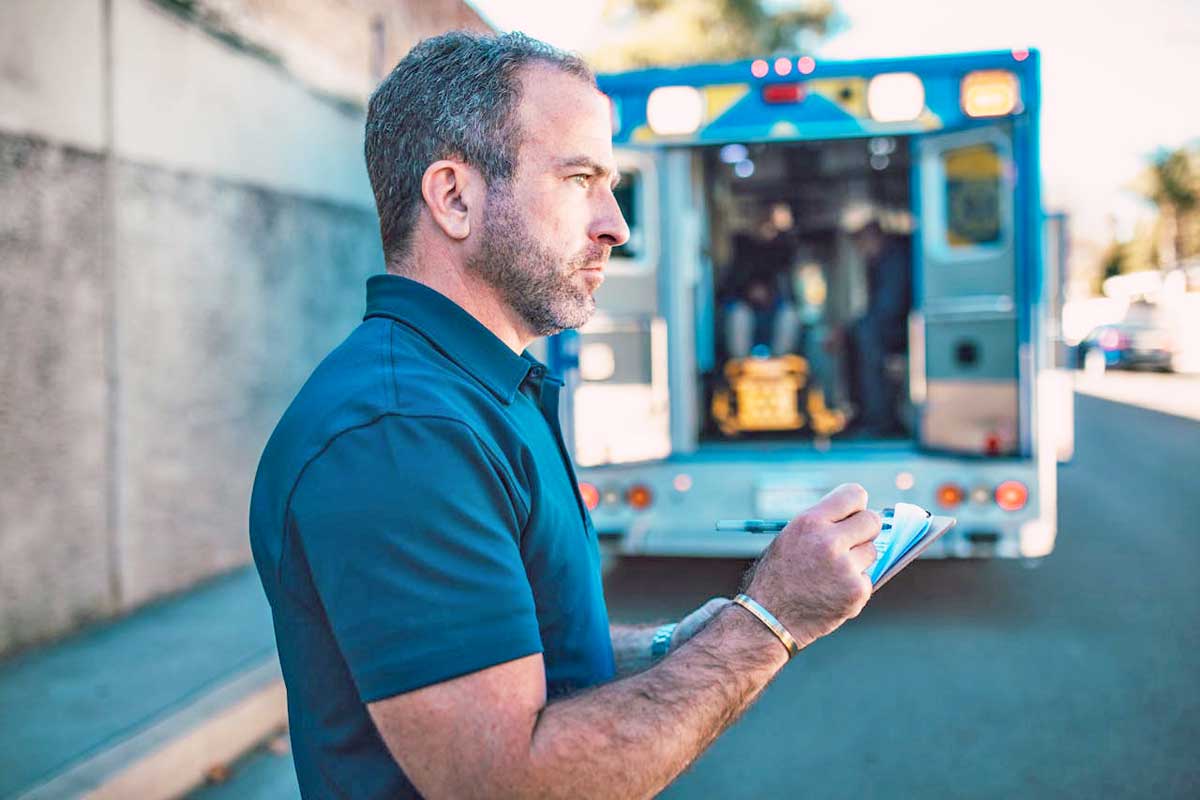A Nation in Withdrawal — from Health Insurance
When nearly ten million Americans stand to lose Medicaid coverage in the next two years, fitness stops being a hobby and becomes an emergency plan. The end of enhanced federal support and the tightening of eligibility checks mean that millions who once had routine doctor visits will soon have little more than their running shoes.
According to the Urban Institute, 4.8 million people could lose insurance by 2026 if current policy sunsets. Add another 10 million from Medicaid redeterminations, and you’ve got a country where push-ups are cheaper than prescriptions — and the gym looks suspiciously like urgent care with better lighting.
When Congress Shuts Down, Your Heart Rate Shouldn’t
Government paralysis now has measurable cardiometabolic consequences. During the recent congressional shutdowns, Medicare payment delays and paused public-health programs left hospitals scrambling and patients waiting. It turns out “essential services” don’t necessarily include your insulin shipment. Rural hospitals, already on financial life support, watched reimbursements stall while expenses kept climbing. For citizens, the message is clear: stay moving, stay breathing, stay insured — but probably not in that order.
The Hospital Desert Problem
America’s healthcare landscape is starting to resemble its geography: vast, beautiful, and full of areas where you can’t get help for 60 miles. According to the American Hospital Association, 48 percent of rural hospitals operated at a loss in 2023. KFF data show that more than 700 facilities are “at risk of closure,” 300 of them imminently.
When a small-town emergency room disappears, so does its safety net for everything from strokes to childbirth. And when healthcare access vanishes, people look for substitutes — like CrossFit, hiking, or prayer. Only one of those reliably improves blood flow.
When Prevention Becomes Policy
For decades, public-health campaigns have begged Americans to exercise. Now the economy is doing it for them. With out-of-pocket costs rising faster than wages and insurance networks shrinking, self-care has turned into self-defense. The CDC estimates that 90 percent of the $4.5 trillion spent annually on healthcare goes to chronic diseases — many preventable through movement, diet, and stress control. In a system that rewards illness more than wellness, prevention isn’t just common sense; it’s fiscal rebellion.
| Indicator | High Healthcare Access | Low Healthcare Access |
|---|---|---|
| Average annual medical cost per capita | $6,800 | $3,400 (but higher mortality) |
| Exercise frequency (3+ times/week) | 41 % | 24 % |
| Hospital closures since 2017 | 11 opened | 61 closed |
| Chronic disease prevalence | 37 % | 52 % |
| Average gym membership growth 2024 | +5 % | +18 % |
Survival of the Fittest — Literally
The phrase “survival of the fittest” was once a metaphor; in 2025 it’s a budget line. Fitness has become the fallback plan for a system that no longer catches everyone. A strong heart might not pay your ER bill, but it might prevent you from needing one. The irony is that America is now unintentionally aligning with the most ancient form of healthcare: don’t get sick in the first place. Evolution would be proud, if a little concerned.
The Economics of Sweat
Gym memberships, supplements, and even home fitness tech still cost money — but they’re predictable expenses. Compare that with hospital bills, where a broken wrist can cost $15,000 before anesthesia. For millions without coverage, investing $30 a month in exercise is not luxury, it’s risk mitigation. Financial planners used to recommend emergency funds; now they’re recommending resistance bands. The fitness industry, knowingly or not, has become the insurance sector’s unintended understudy.
Public Health or Private Burden?
Every policy failure cascades down to the individual body. When lawmakers debate subsidies, they’re also determining how many Americans will try to deadlift their way out of medical bankruptcy. Meanwhile, “wellness” influencers fill the vacuum once occupied by public-health departments — offering affiliate links instead of flu shots. Fitness culture loves to talk about empowerment, but in many ways it’s become the privatization of prevention: personal responsibility masquerading as freedom.
Resilience as the Last Luxury
Health used to be a collective good. Now it’s a competitive advantage. Those with access to safe neighborhoods, time, and disposable income can exercise their way out of risk. The rest face a different kind of endurance challenge — navigating stress, shift work, and food deserts. As hospitals vanish and insurance shrinks, physical resilience becomes a class marker. When your zip code predicts your life expectancy more than your genome, “fit” starts to sound suspiciously like “fortunate.”
Where Fitness Meets Policy
The United States doesn’t lack strength; it lacks infrastructure. Communities investing in local recreation centers and safe walking paths see measurable drops in obesity and depression. That’s not ideology, it’s urban design. If Congress truly wanted to cut healthcare costs, they’d subsidize yoga mats before MRI machines. Until that happens, personal fitness will remain America’s parallel healthcare system — a grassroots form of national defense built from sneakers and endorphins.
What Comes Next
By 2026, the federal government projects rising premiums, fewer hospitals, and widening health gaps. But amid the chaos, something quietly revolutionary is happening: people are reclaiming control of their own physiology. From community gyms in rural towns to senior walking groups in urban parks, Americans are building their own safety net — muscle fiber by muscle fiber. It’s not perfect, but it’s pragmatic. After all, when the healthcare system collapses under its own weight, you might as well make sure you can still lift yours.
Sources
1. Urban Institute (2024): “Projected Coverage Loss if Enhanced ACA Credits Expire.”
2. Center on Budget and Policy Priorities (2025): “Medicaid Redeterminations and Coverage Impact.”
3. American Hospital Association (2025): “Rural Hospitals at Risk.”
4. Kaiser Family Foundation (2024): “Hospital Closures and Access Data.”
5. CDC (2025): “Chronic Disease and Preventive Health Report.”
6. NIH (2023): “Lifestyle Modification and Health Cost Reduction Evidence.”













